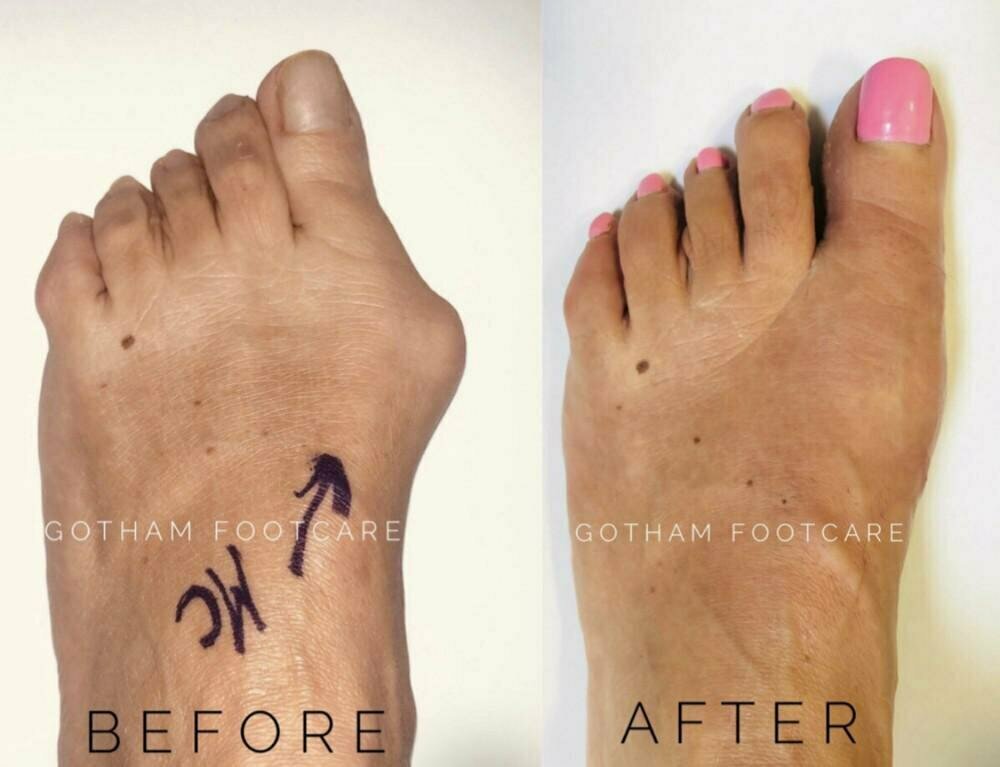A podiatrist is a medical professional who specializes in diagnosing and treating conditions related to the feet, ankles, and lower legs. They are trained to manage issues such as foot injuries, deformities, diabetic foot care, and skin or nail disorders. Podiatrists can provide both surgical and non-surgical treatments depending on the patient’s condition. Their expertise helps patients maintain mobility, reduce pain, and prevent complications from chronic illnesses.
Heel Pain from Plantar Fasciitis
Many people see podiatrists for heel pain related to plantar fasciitis. This condition involves inflammation of the plantar fascia ligament. Pain often feels sharp or stabbing, especially after sitting or sleeping. The discomfort usually centers near the heel and worsens with the first few steps.
Podiatrists treat plantar fasciitis using several non-invasive methods. They often recommend stretching routines to relieve tension in the foot. Supportive shoes or custom orthotics can also reduce strain on the ligament. In more severe cases, physical therapy may be necessary for lasting relief.
Bunions Can Lead to Chronic Foot Pain
Bunions form when the big toe shifts toward the second toe, creating a painful bony bump on the foot’s side. This misalignment often leads to joint inflammation, swelling, and discomfort during daily activities. Many people find it hard to wear regular shoes due to pressure on the affected area. The condition may worsen over time without proper treatment or supportive footwear.
Podiatrists manage bunions using non-surgical options like shoe padding, custom orthotics, and anti-inflammatory measures for symptom relief. These conservative treatments help reduce pain and slow bunion progression in many patients. If discomfort persists or interferes with mobility, surgical correction may be necessary. Surgical treatment realigns the joint and removes the bony bump for long-term relief.
Ingrown Toenails Require Professional Care
Ingrown toenails develop when the edge of the nail grows into the nearby skin, often causing pain, redness, and infection. This condition frequently leads to swelling and tenderness, making everyday tasks like walking or wearing shoes uncomfortable. Without proper care, the area may worsen and require medical attention. A podiatrist can help diagnose the problem early and prevent further complications.
A podiatrist treats ingrown toenails by removing the nail’s ingrown portion and relieving pressure around the affected toe. They often recommend warm soaks, correct nail trimming methods, and wearing shoes that reduce toe crowding. In more severe or repeated cases, the podiatrist may perform a minor procedure to prevent recurrence. Early intervention from a podiatrist can reduce pain and promote faster healing.
Consult a Podiatrist Today for Expert Care and Lasting Relief
People with diabetes often face foot problems caused by poor circulation and nerve damage in the lower extremities. Common issues include foot ulcers, infections, and wounds that heal slowly and may worsen over time. Without timely care, these conditions can lead to serious complications, including the risk of amputation. A podiatrist plays a key role in monitoring diabetic feet and addressing problems early.
Podiatrists treat diabetic foot concerns through wound care, infection management, and preventive education tailored to each patient’s needs. Regular check-ups help detect minor issues before they become serious medical conditions. These are just a few of the many foot problems that podiatrists help manage effectively. Early awareness and ongoing podiatrist care can significantly improve comfort and reduce long-term risks.

